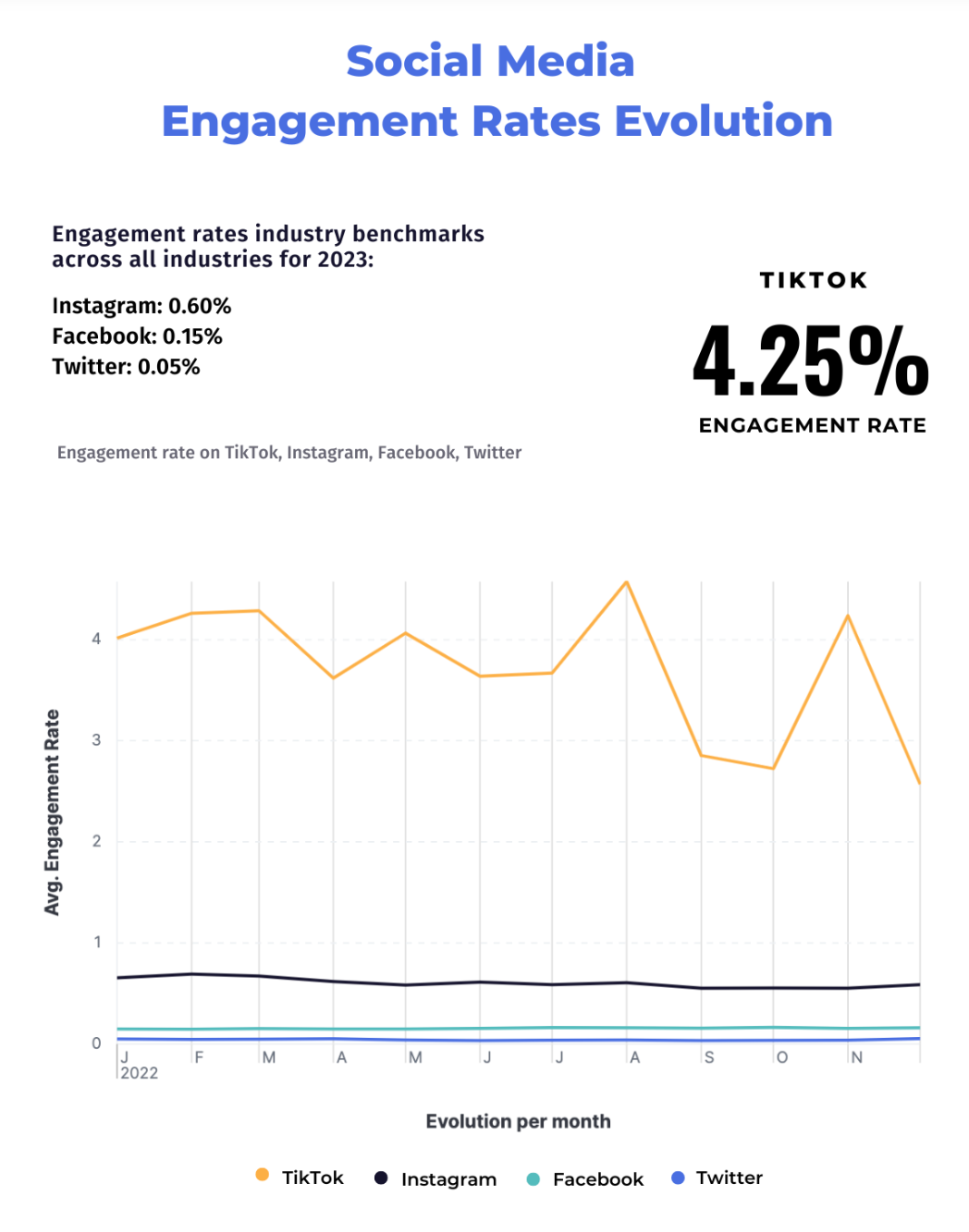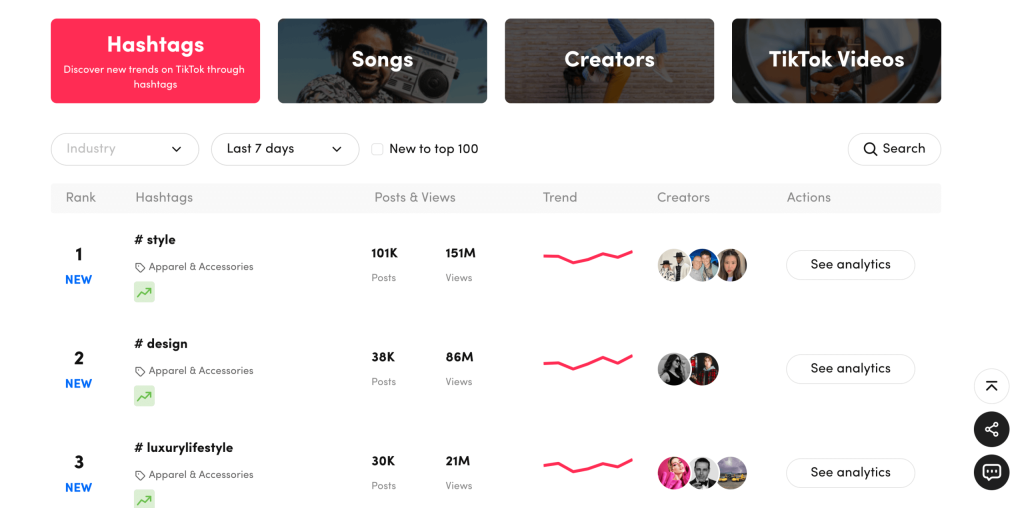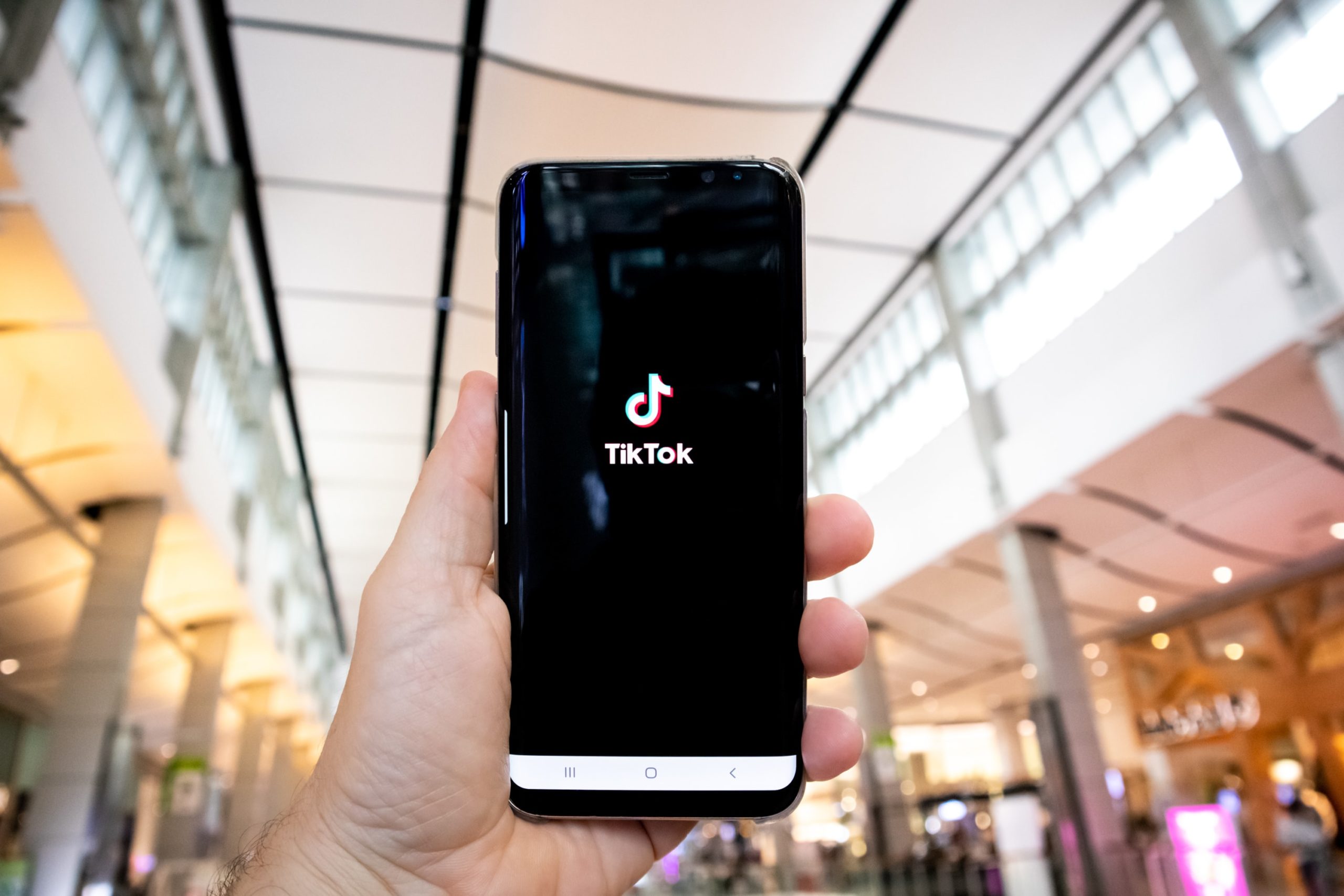As TikTok continues to dominate the short-form video space, it has emerged as a goldmine for influencers, creators, and marketers looking to tap into affiliate marketing. Unlike traditional platforms, TikTok requires a tailored approach due to its fast-paced algorithm, Gen Z-heavy audience, and immersive content style. In this guide, we’ll explore everything you need to know to master affiliate marketing on TikTok—from fundamentals to content strategy, ad formats, and real-world success stories.
Understanding TikTok Affiliate Marketing: What It Is and How It Works
TikTok affiliate marketing is a performance-based model where creators earn a commission by promoting products or services through their content. Unlike other social platforms, TikTok’s affiliate tools are still evolving, which makes creativity and platform-native engagement even more critical.

Here’s how it typically works:
- Affiliate links or codes are embedded in a creator’s bio, pinned comment, or caption (note: links in videos require 10,000+ followers).
- TikTok Shop allows creators to directly link products to their videos.
- Promo codes can be shared to drive sales and track affiliate performance.
Affiliates can earn commission when users click these links or use promo codes to make a purchase. It’s essential to comply with TikTok’s policies and avoid restricted products.
Why TikTok Is Ideal for Affiliate Campaigns
1. Unmatched Global Reach

With over 1 billion active users in 150+ countries, TikTok offers expansive audience exposure across a wide range of niches and cultures. The platform supports localization while still giving access to a global stage, making it a prime environment for both micro-targeting and wide-scale affiliate reach.
2. Exceptional User Engagement

TikTok boasts a 4.25% average engagement rate—significantly higher than Instagram or Facebook. Users spend an average of 95 minutes daily on the platform, consuming bite-sized content that keeps them scrolling, liking, commenting, and sharing, which gives affiliate content more opportunity to be discovered and acted upon.
3. A Democratized Algorithm
TikTok’s content-first algorithm levels the playing field. It doesn't prioritize accounts with the largest followings but instead rewards high-performing videos based on engagement, completion rate, and watch time. This means even a new affiliate creator has the opportunity to go viral and earn commissions from day one.
Step-by-Step Guide to Launching Your TikTok Affiliate Strategy
Step 1: Choose a Profitable Niche and Product Offering
Select a niche that resonates with your identity or expertise—fitness, beauty, tech, self-improvement, fashion, or home decor. The more aligned the product is with your personal brand or content style, the more genuine your promotion will appear.
Top affiliate platforms include:
- TikTok Shop – TikTok’s native eCommerce channel with seamless integration.
- Amazon Associates – Ideal for creators wanting to promote trending and everyday products.
- ShareASale – A wide network of merchants across multiple industries.
- Rakuten – Known for reputable brands and international campaigns.
- ClickBank – Excellent for promoting digital and info products.
Step 2: Develop Magnetic, Value-Driven Content
TikTok’s success relies on content that delivers value within seconds. Focus on formats that blend education, entertainment, and relatability:
- Mini product demos or tutorials – Showcase how a product works or solves a specific problem. Add overlay text to reinforce benefits.
- Before-and-after reveals – These work especially well in niches like beauty, fitness, and home improvement to show transformation.
- Unboxings and first impressions – Leverage the excitement and suspense of opening something new.
- “Things TikTok Made Me Buy” segments – These piggyback on viral trends and serve as informal reviews.
Leverage TikTok trends, audio tracks, and viral challenges to boost reach while incorporating your own spin to maintain originality.
Step 3: Optimize with Hashtags and Trending Sounds
Hashtags and trending audio are discovery tools. Use them strategically to increase the chances of your content being shown on the For You page.

- Niche-specific tags: Help users in your target vertical find you (#techgadgets, #cleanbeauty).
- Broad exposure tags: Expand your reach to mainstream audiences (#TikTokFinds, #AmazonFavorites).
- Trend-based tags: Tap into momentum by participating in current viral themes.
Trending audio signals TikTok that your content aligns with current platform behavior, increasing the chance it gets picked up by the algorithm.
Step 4: Join and Integrate with Affiliate Programs
- Research relevant programs: Focus on networks that not only fit your niche but offer competitive commissions, good conversion rates, and strong support.
- Apply with a portfolio: Even if you’re new, show intent and professionalism by linking relevant content or a strong TikTok profile.
- Generate and customize links: Use tools like Bit.ly, Pretty Links, or TikTok’s own Creator Marketplace tools to shorten and brand affiliate URLs.
- Track everything: Use UTM parameters and tracking dashboards to know exactly what content drives results.
Consistency in link management ensures transparency, trust, and improved performance analytics.
Step 5: Track Performance and Adjust
Data is the foundation of long-term growth. Leverage TikTok’s built-in analytics and third-party tracking to continuously assess:
- Video watch time – Indicates how compelling your content is.
- Click-through rate (CTR) – Reflects how effectively your CTAs are working.
- Sales and revenue attribution – Directly tied to affiliate dashboard metrics.
- Audience retention and demographics – Helps fine-tune messaging and visuals.
A/B testing different intros, hooks, video lengths, and CTA formats allows you to continually refine your approach and compound results.
Step 6: Collaborate with Brands for Long-Term Growth
Forge relationships beyond one-off affiliate deals. Pitch content ideas, showcase your value as a creator, and propose performance-based incentives. Brands often increase commission rates or offer exclusive products to creators they trust.
Establishing these relationships transforms your affiliate presence into a consistent, high-earning revenue stream that scales alongside your audience.
Step 7: Strengthen Your Strategy with Consistent Testing and Feedback
To ensure long-term success on TikTok, affiliate marketers must treat their content like a living system—constantly testing, evolving, and responding to feedback. Even the most viral campaigns benefit from fine-tuning.
- Run structured A/B tests on different hooks, visuals, durations, and formats.
- Use TikTok Creator Tools to identify patterns in top-performing content.
- Collect viewer feedback through comment sections or DMs to understand audience sentiment.
- Benchmark your KPIs (click-through rates, conversion rates, ROAS) against industry standards.
Treat every campaign as a learning opportunity. Small tweaks—such as changing the intro frame, background music, or hook phrasing—can lead to dramatically improved performance.
Creating Compelling TikTok Content for Affiliate Campaigns

Know Your Audience at a Behavioral Level
The foundation of impactful content lies in a deep understanding of your audience. Go beyond surface-level demographics and study behavior:
- What times are they most active on TikTok?
- What other creators or niches do they follow?
- Which content formats trigger the most responses?
Conduct social listening, read comments, and observe what gets shared in your niche. The more relevant your content, the greater your reach and conversions.
Choose Formats That Resonate and Sell
Each TikTok format has a unique strength. Align the right format with your affiliate goal:
- Tutorials and explainer clips are great for demonstrating product usage.
- Narratives or storytimes work well for emotional selling or introducing products as problem-solvers.
- Day-in-the-life content adds authenticity and positions the product as part of your lifestyle.
- Challenges and duet reactions encourage community participation and virality.
Use jump cuts, motion graphics, or closed captions to make your content digestible and ADA-compliant.
Be Authentic—Sell by Sharing, Not Pushing
The TikTok audience values honesty over polish. Overly scripted or overly promotional content tends to underperform. Instead, focus on these principles:
- Share personal anecdotes and honest experiences.
- Feature real reactions, even to flaws.
- Avoid corporate or overly salesy language.
When the audience trusts you, they’re more likely to click on links and act on your recommendations.
Clearly Highlight Product Value
Don’t just list product features—show them in action. Use comparison, time-saving examples, or transformation visuals to:
- Emphasize what makes the product stand out.
- Position it as a solution to a specific problem.
- Show how it fits into a routine or lifestyle.
This helps audiences visualize themselves using the product, increasing purchase intent.
Always End with a Call to Action (CTA)
Guide the viewer to take the next step:
- “Link in bio for the discount.”
- “Use my code XYZ for 15% off.”
- “Follow me for more product finds.”
The CTA should feel natural, match the tone of your video, and be visually prominent either as overlay text or part of your narration.
Maximizing Affiliate Results Through TikTok Paid Ads
Paid ads are a powerful tool for affiliate marketers looking to scale reach, test new messaging, or retarget engaged audiences. Here's how to do it effectively.
1. In-Feed Ads
These appear in the native feed and resemble organic videos.
- Best for: Product launches, reviews, or influencer-driven demos.
- Tip: Use compelling 3-second hooks and user-generated-style visuals to blend in and increase engagement.
2. TopView Ads
These full-screen videos appear as soon as the app opens.
- Best for: Major sales, new product drops, or seasonal campaigns.
- Tip: Make the visual storytelling immediate—don’t rely on build-up.
3. Branded Hashtag Challenges
Incentivize content creation from your audience.
- Best for: Building community and achieving mass reach.
- Tip: Combine with creator seeding to start the trend and build early traction.
Bonus Strategy: Spark Ads
Re-amplify high-performing organic content via TikTok’s Spark Ads.
- Benefit: Keeps native engagement and authenticity while giving paid reach.
- Ideal for: Creators and affiliates looking to boost videos with proven engagement.
Real-Life Examples of TikTok Affiliate Marketing Done Right
Chipotle – #ChipotleLidFlip Challenge
Partnering with influencer David Dobrik, Chipotle challenged users to flip their burrito bowl lids. The result? A viral storm of UGC, millions of views, and a sharp spike in sales—all driven by creative, fun affiliate-style content.
Gymshark – #gymshark66 Fitness Challenge
By aligning affiliate influencers with fitness journeys, Gymshark generated brand trust and visibility. Creators showcased the brand as part of their transformation stories, helping to drive product consideration and repeat exposure.
e.l.f. Cosmetics – #eyeslipsface Movement
e.l.f. collaborated with influencers to create a custom track and challenge. It went viral, notching over 4 billion views and surging product sales. The campaign was native, relatable, and timed perfectly with platform behavior.
Pura Vida Bracelets – Micro-Influencer UGC
This campaign empowered everyday creators to showcase their bracelets in daily vlogs and aesthetic content. The authenticity of UGC drove millions of views and lifted affiliate conversion rates without the need for celebrity partnerships.
Final Thoughts: Master TikTok Affiliate Marketing with Strategy and Heart
TikTok offers a uniquely democratic and dynamic platform for affiliate marketers to thrive. With its short-form nature, strong community spirit, and creator-first tools, success is no longer tied to follower count—it’s tied to creativity and consistency.
As you implement the strategies in this guide, remember:
- Be clear about your value proposition.
- Create content that serves before it sells.
- Treat analytics like a roadmap, not a scoreboard.
Affiliate marketing on TikTok isn’t about pushing products—it’s about telling stories, solving problems, and showing up authentically. If you can do that, the conversions will follow.





